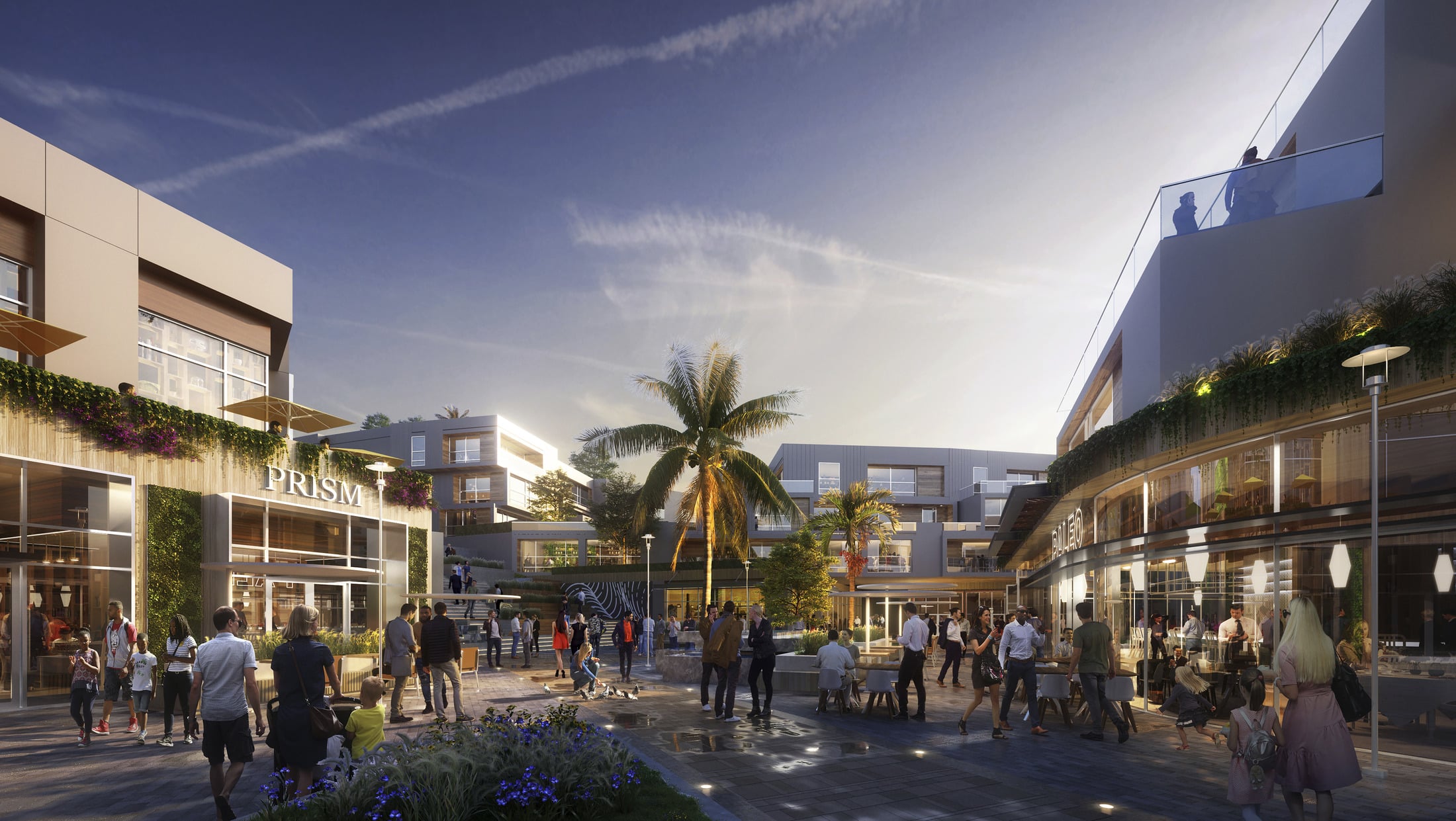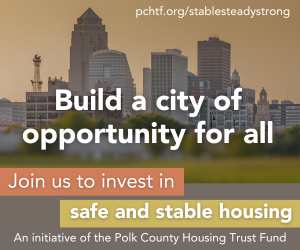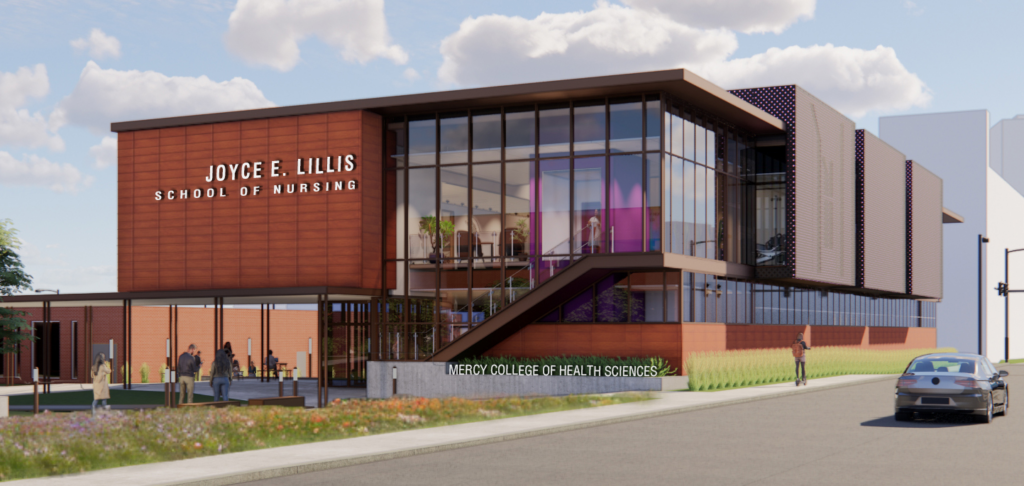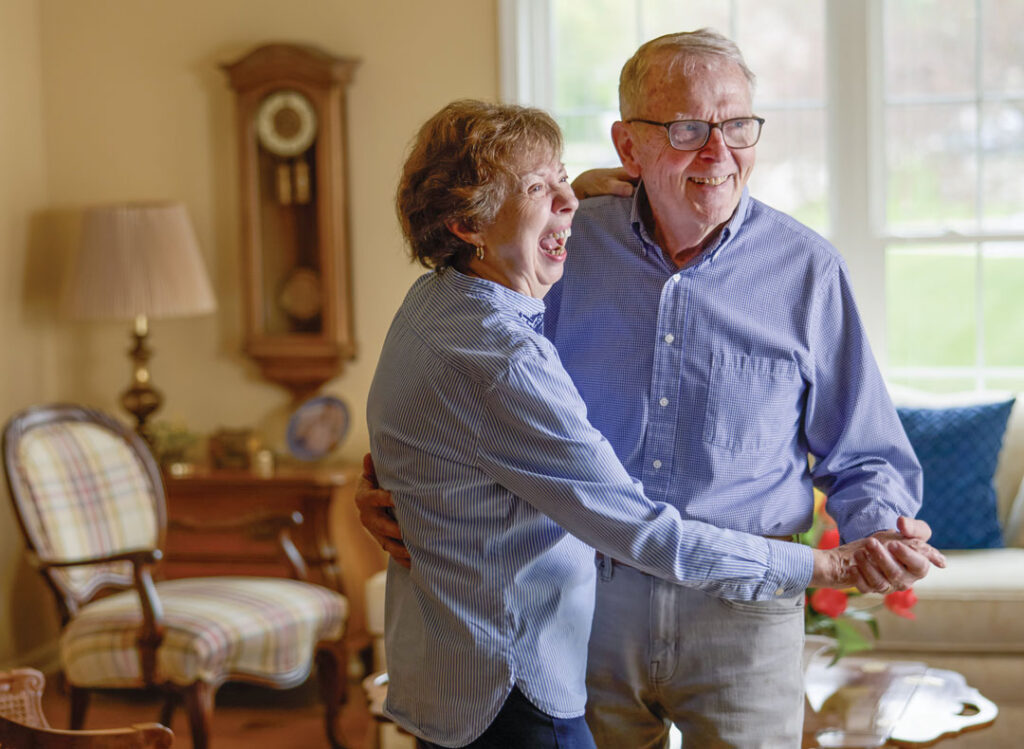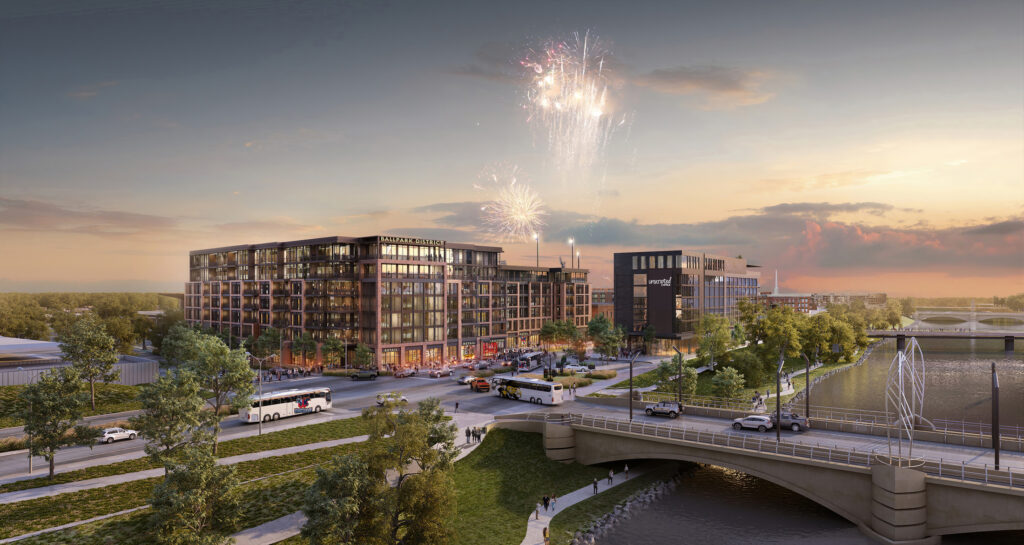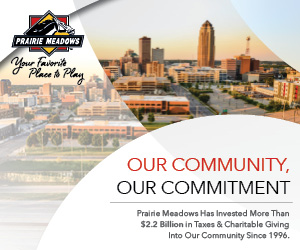Designing the next generation of shopping experiences
SPONSORED CONTENT

By Mark Giles, AIA, senior architect | Principal, DLR Group
In the fast-paced world of retail, the ability to adapt is not merely a strategy — it is essential. Across the nation, the retail landscape is undergoing a transformation, with a shift toward prioritizing community building, immersive opportunities and sustainable practices. As we witness the revival of in-person shopping and gathering, it becomes evident that fresh design solutions are needed to redefine the role of brick-and-mortar spaces to fit the ever-changing needs of the modern shopper and resident.
Great Spaces In Between
While convenience remains paramount in the realm of consumer behavior, there is a notable resurgence in the demand for retail spaces that offer more than just transactions — they are reimagined as community hubs. Connections and character are irreplaceable, meaning that the future of mixed-use retail centers lies in their ability to curate diverse tenant and experience mixes that go beyond traditional storefronts, engaging with the local community in exciting new ways. An activated retail environment blends neighborhood boutiques, regional favorites and national brands, creating an enticing tapestry of offerings. Additionally, the integration of pop-up shops, food trucks, and entertainment and wellness-focused amenities injects dynamism, bringing novel concepts and experiences that draw people back for more than just shopping — it’s about discovering something new each visit.
Another key element in transforming these spaces is the focus on landscaping. Look and feel create an inviting experience, introducing fun and varied backdrops for gathering. Beyond functional greenery, the landscape is crafted to provide inviting spaces for relaxation and community engagement. Thoughtfully placed seating areas amid lush greenery encourage shoppers to linger, fostering a relaxed and extended shopping experience. Details like this add to the overall value of experiential retail design, allowing consumers to enjoy their visit holistically, making them more likely to return in the future.
Integration with Community: Beyond Shopping
A thriving retail center extends beyond its boards, integrating with its surrounding community. Not everyone arrives by car, so we prioritize connectivity with walkable and bikeable access points. By fostering these connections, retail centers become not just destinations but extensions of the neighborhoods they serve, encouraging local engagement and patronage. This integration extends beyond shopping, into the very lifestyle of a community. We advocate for incorporating a mix of uses within these spaces — housing, wellness facilities, recreational opportunities, ample dining options and even hospitality where appropriate. This diversity links to a constant flow of people throughout the day, creating a buzzworthy setting.
Our approach emphasizes the importance of connecting each project to its unique sense of place. Whether in a bustling urban district or a serene suburban setting, designing to celebrate local culture and authenticity through architecture, art installations and landscape design ignites a spark within a community to gather once again. By embracing the spirit of the neighborhood, these mixed-use spaces become meaningful anchors within their communities.
Sustainable Design: More Than a Checkbox
Our commitment to human-centric design extends to sustainable practices. Energy-efficient design, renewable energy integration and convertible layouts minimize environmental impact. As our awareness of our eco footprint continues to grow, the shift toward prioritizing sustainable goals will soon be viewed as a fundamental necessity rather than a mere luxury.
Adaptability is key to reducing the carbon footprint of brick-and-mortar locations, allowing for faster, less impactful turnaround within the trend cycle. By embracing sustainable practices, retail centers confirm they are investing in a community’s long-term future.
The future of retail design is at a convergence of innovation, sustainability and human-centricity. As we navigate the evolving landscape of retail design, our vision is clear — to transform traditional retail centers and malls into multifaceted hubs where commerce intersects with community, creating memorable experiences that resonate beyond mere transactions.

